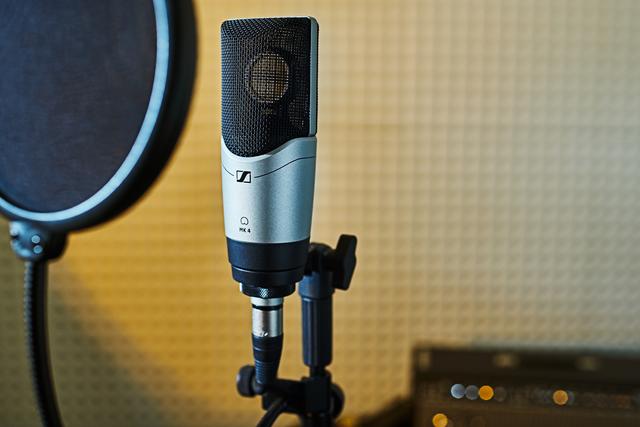

How to clean your microphone
With many disinfection measures in place to help stop the coronavirus, you may be wondering how best to clean your microphone, bodypack transmitter and microphone receiver. While we are not virologists and won’t be able to provide 100% medically proven advice on disinfecting technical equipment, we would like to suggest some practical measures that can help to protect you and others. We hope this information helps you in handling our products safely. Stay healthy. If you should have any further questions on this topic, please do reach out to your local Sennheiser subsidiary or partner. We are all happy to help.
Is there a possibility that the virus can spread via a microphone?
When we speak, tiny liquid droplets leave our mouth together with the air we exhale. These droplets of saliva can accumulate in and on the windscreen of a microphone, especially during close-miking. Although it is not very likely that these droplets will leave the windscreen, there is a possibility that the next speaker or singer touches the windscreen with their lips, and if this windscreen was contaminated, the virus could enter their body. The virus can also be transferred when you replace a windshield and do not observe the necessary hygiene measures. If you touch a windshield that has just been used and then touch your face, you may contract an infection.
Can I use a plastic bag as a disposable cover for my microphone?
Despite a deterioration in audio quality, many users now cover their mic windscreen with non-permeable plastic bags to avoid having to clean the windshield after every use. These plastic bags must be replaced after every interview, and strict hygiene measures need to be observed. Please be extra-careful when handling plastic bags, because they are stiffer than a windshield, so there is a risk of droplets flying off the bag. Therefore, pull the bag off carefully, turning the bag inside out. Ideally you should wear a face mask, safety goggles, and two pairs of disposable gloves, one on top of the other. Throw away the outer pair with the used plastic bag.
What is the best way to disinfect device surfaces?
The World Health Organization recommends various alcohol-based disinfectants against the coronavirus. During standard product quality control, we test the surfaces of our devices with ethanol and isopropyl alcohol. However, we cannot predict the effects of other types of disinfectants on our products. Therefore, please test the disinfectant first before applying it to the entire device surface. Make sure to take all relevant hygiene measures and wash your hands thoroughly to avoid any risk of infection.
Does a thermal treatment help?
Our windscreens are usually made of polyurethane foam. This material is temperature-resistant and hardly changes its physical properties at temperatures of up to 100° centigrade. However, please note that a hot wash at 90°C entails considerable mechanical and chemical stress, which is likely to damage any printed logos on the windshield. Handwashing the windscreen at lower temperatures using a degreasing detergent should be effective against the fat coating on the virus – and is likely not to damage any printed logo. Again, please note that we are no virologists and cannot be held responsible if the outlined procedures do not annihilate the virus.
We do not recommend a regular thermal treatment of our microphones, transmitters, or receivers. Usually, these devices are specified for an operating temperature of up to 55°C. For short periods of time, the products will also withstand higher temperatures. However, we would question the effort involved with such a thermal treatment. In our opinion, washing your hands regularly and thoroughly before, during and after operating the products is much more useful.

Reproduced by the kind permission of Sennheiser Middle East
Leave a Reply
You must be logged in to post a comment.